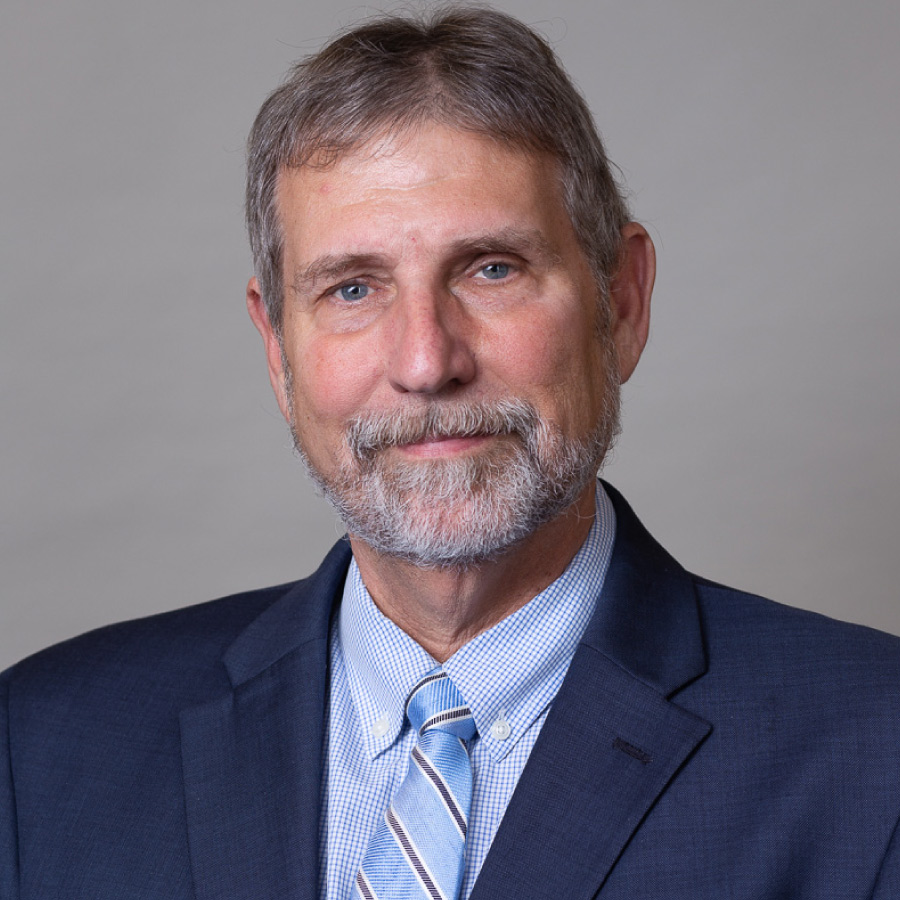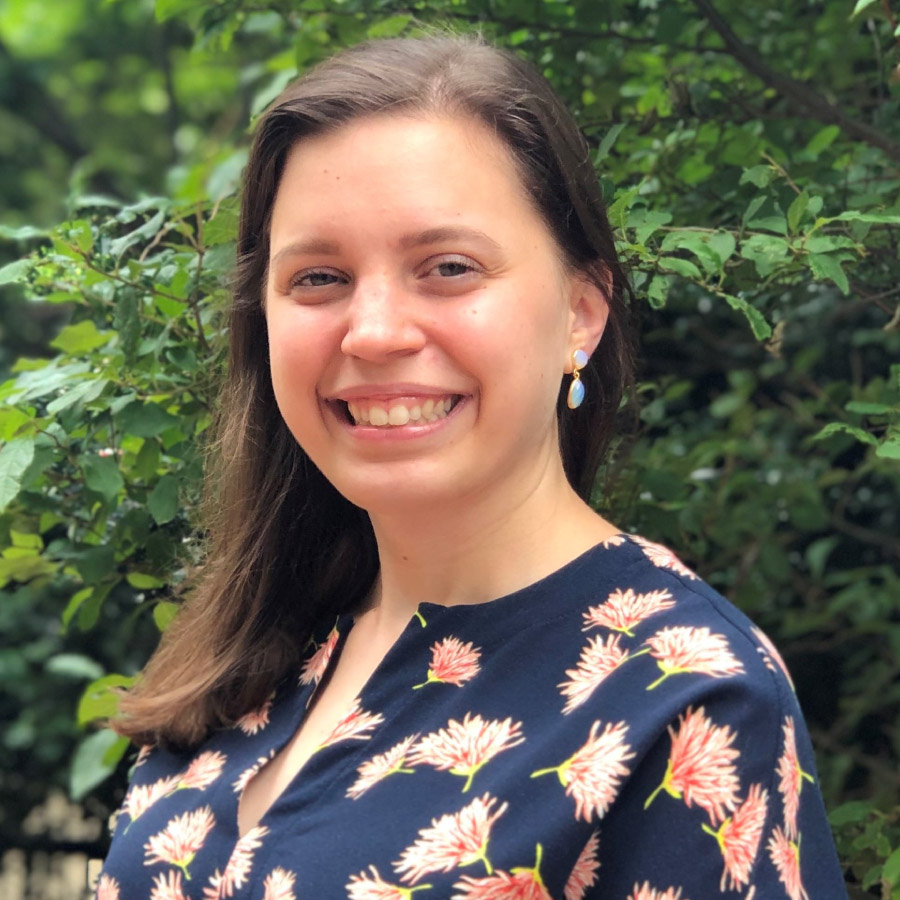
Celebrating 35 Years With 35 Stories: Keith, Roderick, & Maddie
March 12, 2021
Continuing our interview series celebrating our 35th annual home performance conference, this week we’ve done Q&As with Keith Aldridge of the Building Performance Association, Roderick Jackson of the National Renewable Energy Laboratory, and Maddie Koewler of the National Association of State Energy Officials.
This series highlights 35 amazing people that work in our industry by allowing them to tell their stories. Below we’ve got stories 15, 16, and 17.

Keith Aldridge
Chief Strategy Officer
Building Performance Association
Q: Describe the path you took to get to where you are now in your career in building performance.
A: I began my career as a community organizer in Chapel Hill, NC right out of grad school in 1977. I worked for a small (4 employees) congregation-based non-profit that conducted community-based advocacy on a wide range of social issues. Because we also provided small amounts of direct financial assistance to our low-income clients, I became very aware that the cost of heating their generally substandard homes was an enormous financial burden. So, I began organizing “weatherization” events where volunteers went into homes and caulked cracks and installed plastic storm windows. And I led the effort to implement a housing code to require that certain standards be met in order to rent a home. And I became involved in affordable housing, eventually helping to organize the area’s first affordable housing development organization.
About that time there was an unusual organization developing in North Carolina called the NC Alternative Energy Corporation (later renamed Advanced Energy). Funded through a surcharge on electricity sales in the state, AEC’s mission was what has become known as the three E’s—energy, economy, and environment. One of the managers there knew my work in Chapel Hill and hired me to manage a portfolio of low-income housing projects, mostly public housing. I learned the hard way that we all had a lot to learn about the way these buildings worked.
Given the dearth of building science expertise in North Carolina back in the 1980s, the way I learned was to attend conferences. Through these conferences I was introduced to the issues, technologies and colleagues that have dominated the rest of my career. Michael Blasnik introduced me to the concept of bypasses in multifamily buildings. Gary Nelson taught me about blower doors and Joe Lstiburek introduced me to the wonders of infrared thermography. John Tooley introduced me to duct leakage and pressures in buildings and Bruce Davis taught me how to systematically conduct building diagnostics (and anyone who knows Bruce knows what I mean by “systematically”). Through these pioneers of our industry and many others I quickly learned that issues in housing, extend far beyond energy, to include not only comfort but health and safety as well. In fact. I have spent most of the rest of my career trying to design programs and convince decision-makers that what consumers are mostly interested in are health, safety, comfort, and maybe durability.
One of these was a conference in Pittsburgh sponsored by Action Housing and organized by Linda Wigington. It was at that conference I realized that there was a “movement” developing around the building science and building performance and I wanted to be part of it. The next year (1986) I was happy to attend the first Affordable Comfort conference in Pittsburgh, cementing a life-long association with Pittsburgh and the various organizations that have sponsored the National Home Performance Conference. I am proud to say I have served on the boards of two of those organizations – Affordable Comfort and the Home Performance Coalition. And I had the privilege of helping create a third—the Building Performance Association.
I worked at Advanced Energy until 2016. During my career there I worked on low-income housing, senior housing, community energy issues, and electric cars before being dedicated to our “Duct School” in the 1990s, which eventually brought both John Tooley and Bruce Davis to AEC as employees. The duct school took us to Arizona in the mid-1990s where we worked for almost two decades alongside the Foundation for Senior Living and Arizona Public Service to develop the home performance industry there.
In the late 1990s we began to develop comfort and energy guarantee programs. The first was for Tucson Power, followed by a program for subsidized housing in NC (which is still in operation). And around the turn of the century, led by John Tooley we began to develop these programs for building products manufacturers, mainly Masco. This program, called Environments for Living (or EFL), took John and me on an odyssey of training events and builder meetings all over the US, but especially concentrated in Arizona and Texas. By the time the market crashed in 2008 EFL had placed guarantees on something like 150,000 homes.
EFL brought us into close contact with Sam Rashkin and the ENERGY STAR for New Homes program. Over the next few years, we conducted two major research projects for ENERGY STAR, in Phoenix and Houston and helped fine-tune the program a few times, culminating in developing the training program to support the roll-out of Version 3.
In the 2000s, a more-or-less chance meeting between Kristi Matthews of AE and Brian Simmons, who was developing Fluid Dynamics, a consulting company in Portland, OR. Over the next decade, we helped Brian and his team build up programs focusing both on New Homes and Home Performance.
In 2017, I began working with board representatives from the Home Performance Coalition, the Building Performance Institute, and Efficiency First on an effort that led to the creation of the Building Performance Association in 2018, with me serving as the interim CEO until 2020. As I repeatedly flew into Pittsburgh during that period, I was fully aware that my career had come full circle.
Q: What’s the best session you’ve ever attended, or seen virtually, at a national home performance conference?
A: I do not have a distinct memory of the first session I attended conducted by John Tooley, but his sessions have always been the best in a crowded field of contenders. I know I am biased, having worked with John for the past 30 years (yikes!), but his combination of solid (and sometimes revolutionary) science, attention to the needs of his audience, and his creativity and humor, puts him in a class by himself. I know that after hearing him speak for the first time, I know I wanted to work with him, and I spent the next several years trying to lure home to NC. Which I finally did.

Roderick Jackson
Laboratory Program Manager for Buildings Research
National Renewable Energy Laboratory (NREL)
Q: Describe the path you took to get to where you are now in your career in building performance. performance.
A: My path to buildings research was not traditional. When I was about three, my dad started taking me out onto the construction site with him. My first job was picking up all the straight nails that I could find. (No worries, he made sure I was always doing it safely.) As I grew older, my summers were spent working with him as a framing contractor. He and I formed a general contractor partnership a few years after finishing my bachelor’s degree in Mechanical Engineering. My passion for science and engineering inspired me to return to graduate school to complete my doctorate in Mechanical Engineering, but my passion for home construction and the family legacy it embodied never waned. I joined Oak Ridge National Laboratory (ORNL) as a building scientist, where I was able to merge my passion for advancing science with my family legacy and experience in building construction. While at ORNL, I was able to lead a super cool, first-of-a-kind project, creating a house with 3D printing that could share power wirelessly with a 3D printed car. In 2017, I was able to join the National Renewable Energy Laboratory as the laboratory program manager, guiding our Department of Energy building technologies research portfolio. It’s a great opportunity to ensure our cutting-edge research is leading the transition to a clean energy economy.
Q: What’s the best session you’ve ever attended, or seen virtually, at a national home performance conference? And why?
A: At the 2018 HPC National Home Performance Conference, I attended a session on building energy retrofits that was organized by the Department of Energy’s Building Technologies Office (BTO). This session brought together key thought leaders in the home performance and retrofit industry to discuss the current state of existing home retrofits and the challenge we face to reach the scale and speed needed to have the impact we desired. The discussion and insight gained from stakeholders were an important driver and momentum builder for the BTO’s Advanced Building Construction Initiative. I believe this initiative is critical to developing and deploying innovative building technologies and construction practices that will revolutionize the home retrofit industry.

Maddie Koewler
Program Manager
National Association of State Energy Officials
Q: How did you get into the building and home performance industry?
A: Completely on accident! After college I took a position to support the U.S. Department of Energy programs Home Energy Score and Home Performance with ENERGY STAR and I’ve never left.
Q: What’s the greatest accomplishment in your career?
A: Last summer I lead two papers I am really proud of: The Value of Adding Home Energy Score to Low-Income Energy Efficiency Programs and Designing Equity-Focused Stakeholder Engagement to Inform State Energy Office Programs and Policies. The first paper explores benefits of documenting energy efficiency improvements for people with low incomes. The real estate market is slowly but surely evolving to value energy efficiency. People with low incomes should be able to take advantage of that if they want to. The second paper covers the importance of community engagement in developing equitable programs and policies. It also reviews why the types of community engagement are important to developing genuine collaboration. It means a lot to me to contribute to efforts that bring the benefits of home performance to folks that are typically not able to experience them.
